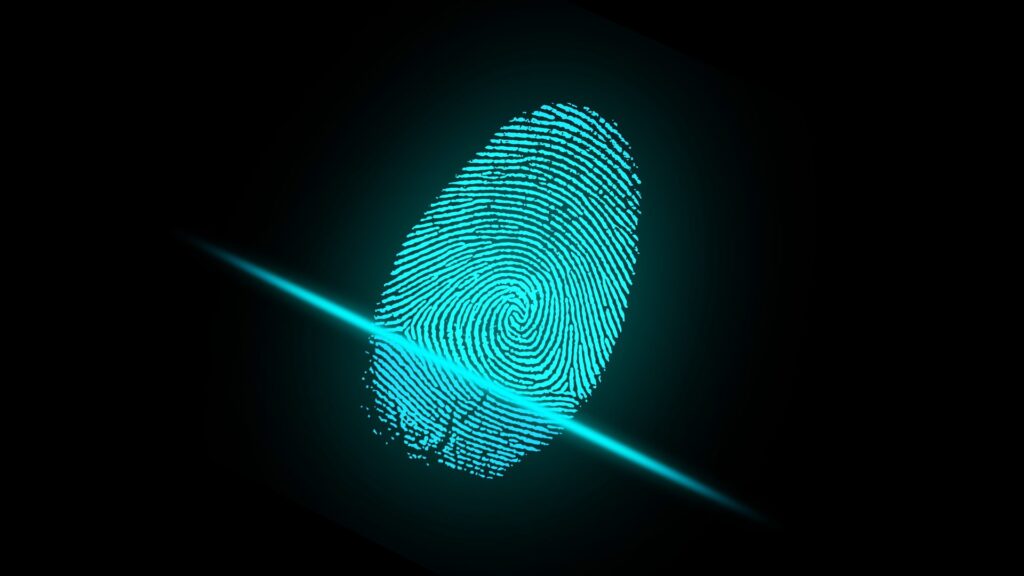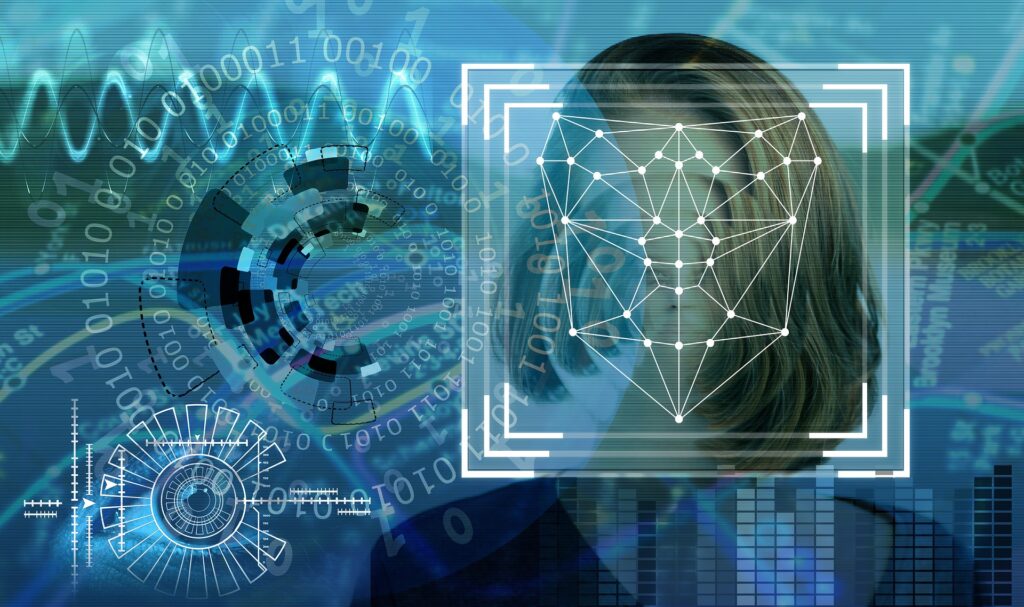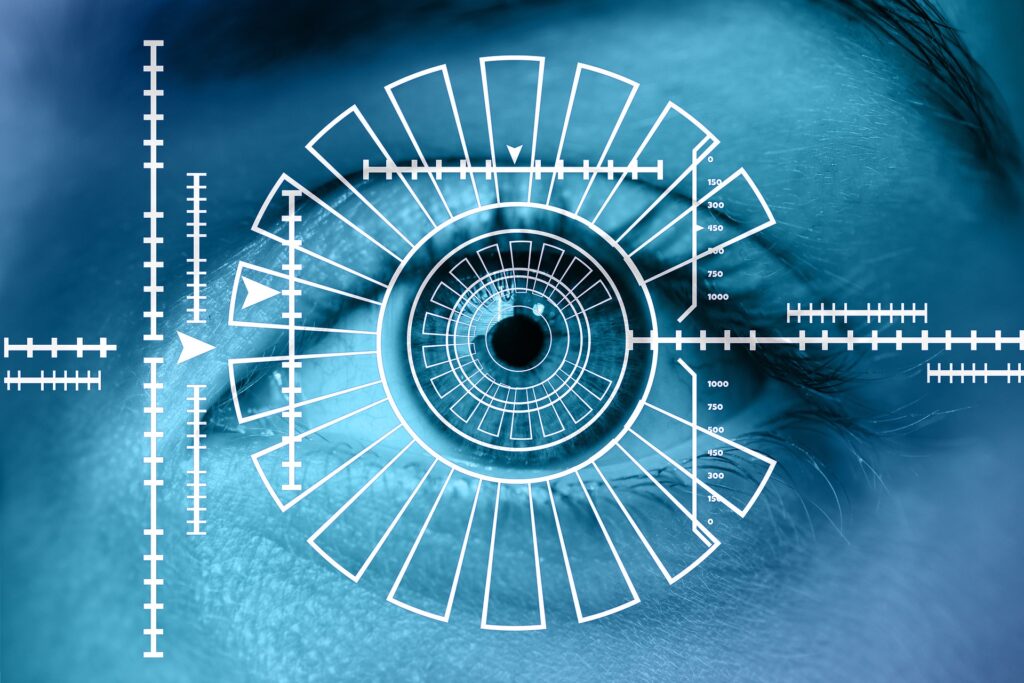Digital interactions are dominant today. Safety is crucial more than ever. Businesses are careful to ensure secure identity verifications in business transactions. Biometrics helps with this. Previously, physical identification was reliable. Behavioral identifications were prevalent. Today, both these are insufficient. People have devised many cunning ways of hiding their identities. Individuals who conceal their identities during transactions often have no good intentions.
This explains why biometrics are increasingly dominating identification exercises. Biometrics are innovative. They are efficient and can surely confirm an individual’s identity. Businesses have established trust in biometrics. This is why.
What is Biometrics?
Biometrics is a general term for comprehensive identification. In biometrics identification, an individual’s unique attributes are key identifiers. Their behavioral and physical attributes help identify them. They accurately form, confirm and verify their identity. Biometrics, however, uses distinct traits.
These include fingerprints. It’s not easy for anyone to easily replicate or steal your fingerprints. Facial recognition is also another unique trait that helps with biometrics. Voice patterns and iris scans are also unique biometric identifiers. Sometimes, some biometrics involve keystroke dynamics, a component of behavioral characteristics.

The Rise of Biometrics in Business Identity Verification
Enterprises across different sectors in the world economy have adopted biometrics. Event experiences, hospitality industries, healthcare, gaming, retail, and government sectors are now using biometrics. Biometrics is a client-facing identity verification solution that streamlines operations. It enhances privacy and security.
Biometrics improve the overall user experience. In hospitality, smart hotels are using biometrics for self-check-ins. These hotels use biometrics for all other services that need id verification API. Businesses have realized that conventional identity verification procedures are vulnerable to fraud and hacking. It’s easy to alter a PIN or password, and their compromise can cause severe losses. Biometrics have helped bridge such inconveniences. They also offer a more user-centered approach to identify verification. It serves both clients and businesses well.
But why do both clients and businesses prefer biometrics? Read on.
1. Heightened Security
Biometrics stand out for being great agents of security. Your biometric data is unique to you. While people can steal your personal identification numbers and passwords, they can’t steal your biometric data. Fingerprints, for instance, have unique ridge patterns. These patterns are almost impossible to replicate. The uniqueness of your fingerprints and other biometric data makes it difficult for an unauthorized person to access your confidential data. For businesses, no unauthorized persons can access sensitive information.
Biological traits are difficult to impersonate, even for businesses that use behavioral patterns like typing speed. What’s more, one cannot deny their biodata as it is unique to them. If fraudulent activities occur, it is easy to identify the criminal and take the necessary actions. Businesses can therefore forget disputes around fraudulent claims. The uniqueness of your biodata makes it difficult for employees to share access credentials. This enhances the overall security of an organization. Biometrics also adds extra security layers to conventional identification modes. For instance, a person can use their fingerprint in addition to their password.
2. Efficiency and Convenience
Biometrics are faster and more efficient in identity verification. Anyone who uses biometrics doesn’t need to remember complex passwords. One doesn’t need to carry physical cards for identification. One’s identity with biometrics is either in their eyes or fingertips. With a simple touch or a glance, you can enter secure zones.
You can access your accounts and devices. Biometrics simplifies the identification processes. It reduces inconveniences for businesses and clients alike. Reduced bureaucratic identifications improve user satisfaction. They encourage better security strategies. By enabling remote authentication, biometrics increase working efficiency. Your employees can conveniently access systems and data from their convenience.
3. Theft and Fraud Prevention
Identify theft and fraud pose serious risks to individuals and businesses. Biometrics reduce the likelihood of unauthorized access. Through restricted access, biometrics reduce the chances of identity theft. Biometrics prevents instances where someone pretends to be someone else to gain access to sensitive systems or information. A criminal cannot replicate your iris pattern. They cannot replicate your fingerprints with ease.
By raising the difficulty of replication, biometrics protect you. Biodata reduces your chances of falling victim to fraud. If fraudulent activity occurs, a business can conduct biometric audit trails. Businesses naturally maintain detailed logs of identification exercises. They know who accessed what and at what time. This helps with audits and security procedures compliance.

4. Precise Customer Identification
Thanks to biometrics, businesses can clearly identify clients. Precise customer identification is vital for businesses. First, it ensures only the right individuals access their business accounts.
Second, it ensures that only warranted individuals execute specific transactions. Such a level of accuracy gives clients confidence that they are in charge. No more unauthorized accesses, which could have financial implications. Clients also feel safe that they can control their financial transactions without fear.
5. Regulatory Compliance
In today’s digital era, regulatory bodies require businesses to implement stringent security measures. Data security is a significant concern all over today. Customer privacy is a must-guarantee for any company. Biometrics help with these. Biometrics helps firms adhere to set compliance mandates. As a business, you commit to protecting your clients’ privacy by adopting biometric identity verification. Biometrics use shows that a company is careful about its sensitive information and that of its customers.
6. Continuous Advancements
Despite a few challenges, biometrics has been continuously advancing. Researchers are discovering new easy to advance biometric techniques. Accuracy, security, and speed are not a problem going forward. Take, for example, the capability of ‘liveliness detection.’ This feature ensures that only a real person is authenticated. It prevents hackers from using videos and photos to manipulate authentication systems.
7. The Future of Biometrics in Modern Businesses
The future of biometrics in modern business identity verification is promising. Technologies will continue to advance. Biometrics will also become more accessible. Biometric systems will be cheaper to run and maintain. In the future, even small businesses will afford to use biometrics for identity verification. Integrating biometrics with artificial intelligence and machine learning will amplify the benefits of biodata.
Conclusion
Digital interactions run the current world. Secure and efficient verifications are inevitable. Biometrics are here. They are transformative. As technology advances, biometrics will be more in use. Get ready to embrace this new solution. Regardless of your industry of operation, you can use it. Your business size doesn’t matter. Biometric identifications are the solution to the digital world. They foster trust. They guarantee the protection of sensitive data.




